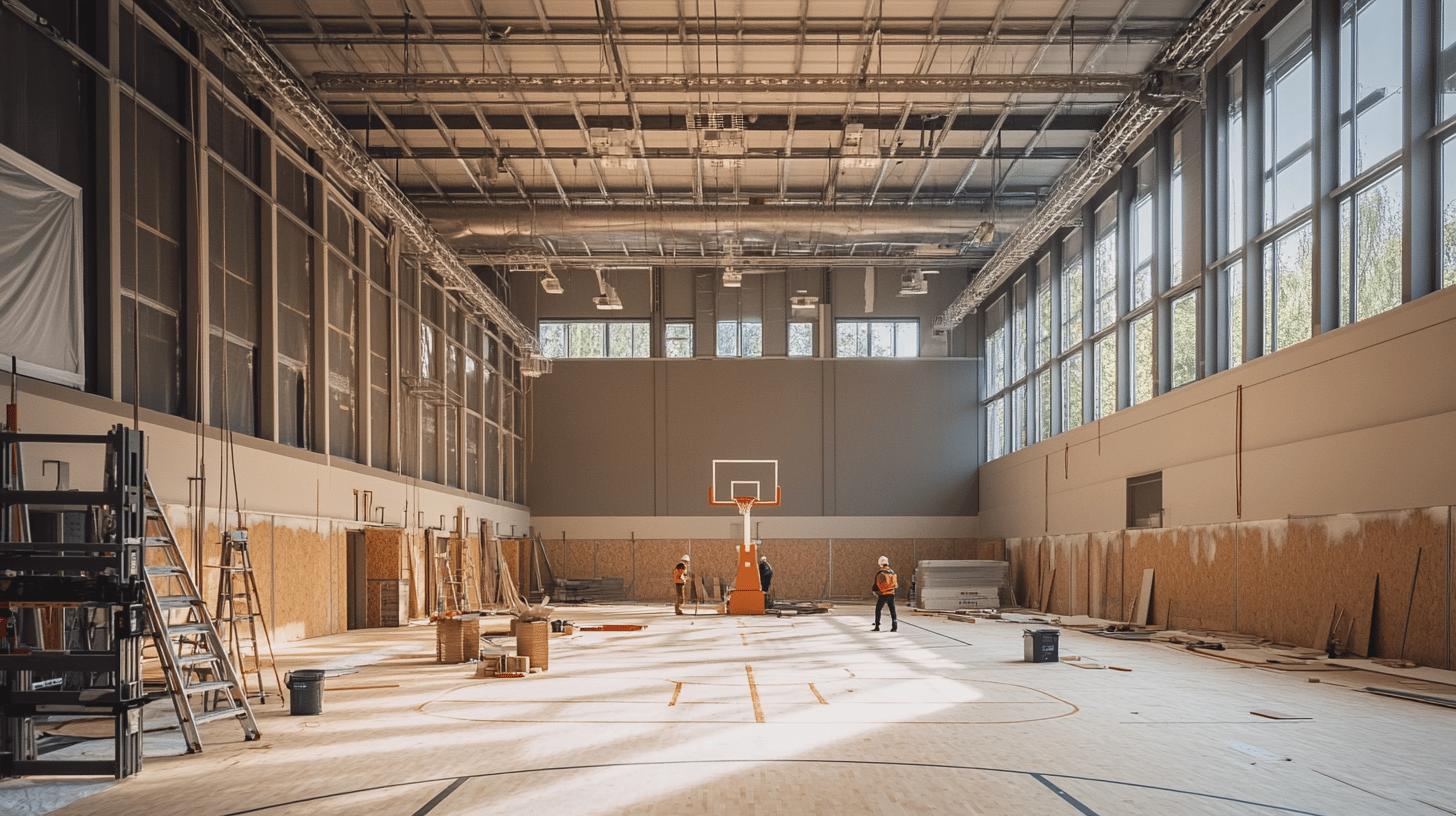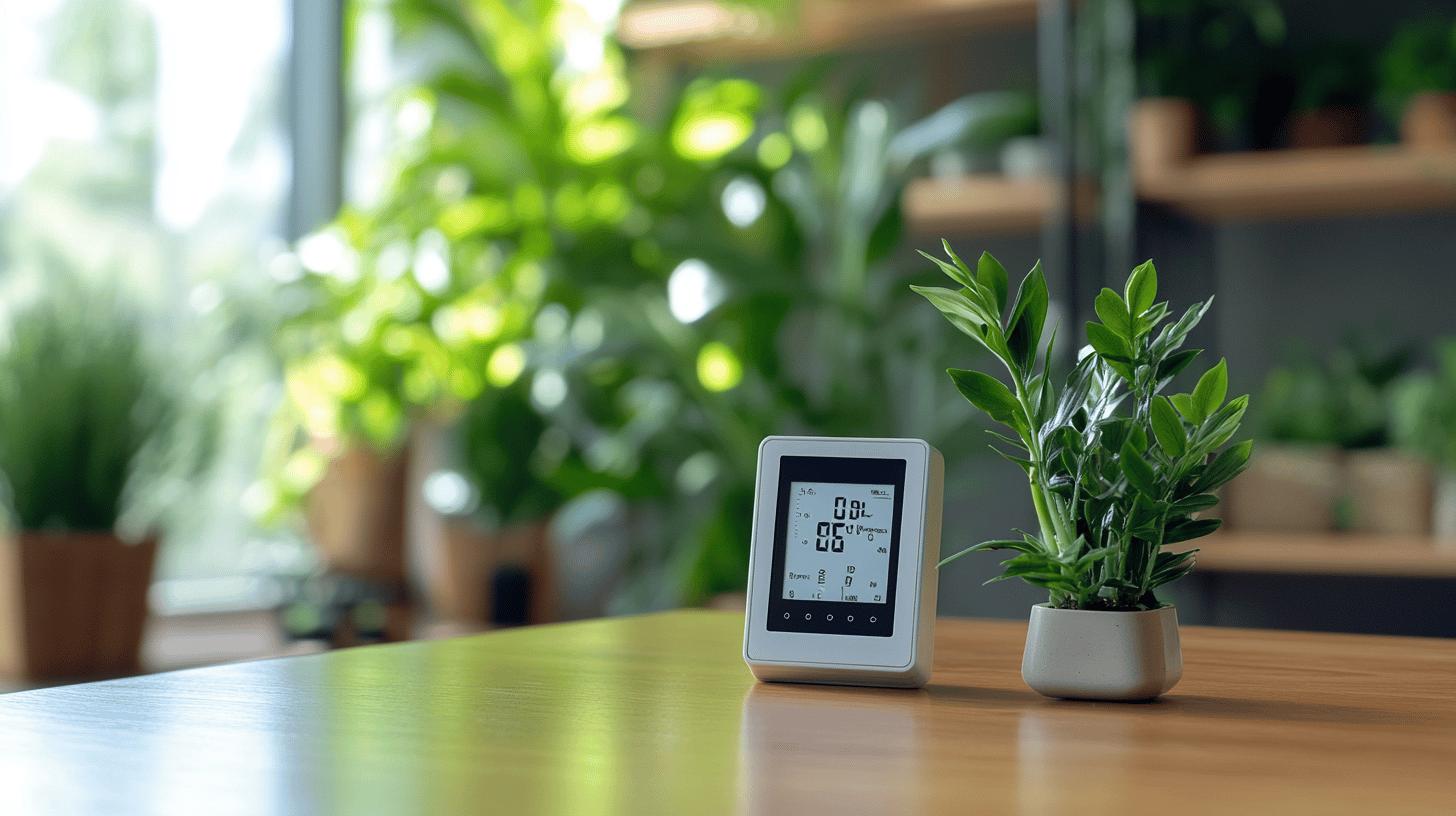Imagine transforming a state-of-the-art sports court into a bustling event venue, only to risk permanent damage from the weight of portable stages. This dilemma is common for indoor sports facility managers seeking to host events, yet it doesn’t have to be a costly gamble. In fact, implementing proper portable stage load strategies can ensure the integrity and safety of courts. This article delves into the essentials of managing portable stage loads, providing valuable insights on how to effectively prevent court damage during events. Unveil the expert guidelines and materials that guarantee both flexibility and court protection.
Understanding Portable Stage Loads and Court Protection
Portable stages are integral to the flexibility and cost-effectiveness of event setups, particularly in indoor sports halls and arenas. These stages, including systems like StageDex, offer high loading capacities and lightweight designs, making them suitable for various event requirements. Despite their benefits, improper weight distribution can lead to court surface damage, posing significant challenges for event organisers. Ensuring even load management is crucial to maintaining the integrity of the court, preventing costly repairs, and ensuring safety for performers and audiences alike. By understanding the dynamics of portable stage loads, organisers can implement strategies that protect sensitive surfaces and enhance the longevity of the courts.
- Uneven weight distribution can cause permanent indentations on the court surface.
- Concentrated loads increase the risk of surface cracking and splitting.
- Excessive pressure points may lead to the delamination of flooring layers.
- Poorly managed loads can result in equipment instability and potential accidents.
- Inadequate stage support can compromise the court’s structural integrity.
.
Utilising engineered systems like StageDex provides a structured approach to managing portable stage loads. These systems are designed to distribute weight evenly, minimising pressure on specific points and reducing the risk of damage. With advanced materials and precise engineering, such systems ensure that events are conducted smoothly without compromising the safety and quality of the court surfaces.
Best Practices for Distributing Stage Weight
Effectively distributing stage weight is fundamental in protecting court surfaces during events. Proper load management ensures that pressure is evenly spread, preventing damage to sensitive surfaces. Utilising specific materials and techniques can safeguard the integrity of indoor sports halls and arenas.
Materials for Weight Distribution
Arena Panels and TerraTrak are highly effective in maintaining even weight distribution. Arena Panels offer robust support, designed to handle heavy loads while distributing pressure across a larger area. TerraTrak, similarly, is engineered to minimise pressure points, reducing the risk of court surface indentations and cracks. Both materials are instrumental in maintaining a stable foundation for portable stages, ensuring both safety and longevity of the court surfaces.
Setup Techniques
- Use Interlocking Panels: Employ interlocking panels to create a stable platform, preventing movement and ensuring load distribution is even.
- Layer with Protective Underlays: Incorporate protective underlays beneath the main stage panels to absorb excess pressure and protect the court surface.
- Ensure Panel Alignment: Align panels precisely to avoid gaps or overlaps, which can lead to concentrated pressure points.
- Regular Inspection: Conduct regular inspections during the event to ensure there are no shifts or imbalances in the stage setup.
.
| Material | Benefit |
|---|---|
| Arena Panels | Distributes weight evenly, reducing surface damage |
| TerraTrak | Minimises pressure points, protecting court integrity |
| Protective Underlays | Absorbs excess pressure, enhancing surface protection |
Protective Materials for Court Surfaces

Protective materials are essential in preserving the integrity of court surfaces during events that utilise portable stages. Events often involve heavy equipment and high foot traffic, which can exert significant pressure on sensitive surfaces. Without adequate protection, courts are susceptible to damage such as indentations, cracks, and delamination. By implementing appropriate flooring materials, organisers can ensure that courts remain unscathed, thus avoiding costly repairs and maintaining the venue’s usability for future events. The use of protective materials is a proactive measure that secures both the longevity and functionality of court surfaces, providing peace of mind for event organisers.
ArmorDeck and TerraTrak are exemplary products engineered to shield court surfaces from the rigours of event equipment and activities. ArmorDeck is renowned for its high load-bearing capacity, making it ideal for supporting heavy stages and equipment without compromising surface integrity. Its robust design ensures even weight distribution, thereby minimising pressure points. TerraTrak, on the other hand, is designed for flexibility and effective pressure management. Its modular design allows for quick installation and removal, making it an efficient choice for temporary setups. Both products offer reliable solutions for maintaining court safety, ensuring that events can proceed without risk to the underlying surfaces.
- Assess the weight-bearing capacity of the material to match event requirements.
- Ensure compatibility with the type of court surface to prevent chemical interactions or abrasions.
- Consider ease of installation and removal to minimise setup and teardown time.
- Evaluate the material’s ability to distribute weight evenly across the surface.
- Check for slip-resistant properties to enhance safety for performers and staff.
- Prioritise durability and reusability to maximise return on investment.
.
Guidelines for Setup and Teardown of Portable Stages
Efficient setup and teardown of portable stages are critical for ensuring event success and preserving court safety. Lightweight materials like aluminium are preferred due to their ease of handling and high strength-to-weight ratio, facilitating quicker and safer assembly. Implementing strict safety protocols during these processes minimises risks of accidents and potential surface damage. Proper planning and execution not only protect the court surfaces but also contribute to seamless event operations, enhancing both safety and efficiency.
Step-by-Step Setup Instructions
- Inspect Equipment: Verify that all stage components are in good condition and free from defects before assembly.
- Plan Layout: Determine the stage layout according to the event’s requirements, ensuring even weight distribution across the court.
- Position Risers: Unfold and position stage risers, aligning them with the planned layout to form a stable base.
- Secure Risers: Lock the risers securely in place, using locking mechanisms to prevent movement during the event.
- Attach Deck Panels: Place deck panels onto the risers, ensuring they are aligned and securely fastened to prevent gaps.
- Check Stability: Conduct a stability check by gently applying pressure across the stage to ensure all components are securely attached.
- Final Inspection: Perform a final inspection of the stage setup to ensure compliance with safety standards and readiness for use.
.
Teardown best practices involve reversing the setup steps while maintaining the same level of care and attention. Begin by unlocking and removing deck panels, followed by carefully folding and storing the risers. Always handle each component with care to avoid damage. Ensure that all equipment is cleaned and stored properly for future use. Prioritising safety and precision during teardown prevents unnecessary wear and extends the lifespan of the staging components.
Case Studies: Successful Court Protection During Events
Case studies offer invaluable insights into effective strategies for safeguarding court surfaces during events. By examining real-world scenarios, event organisers can better understand the impact of using high-quality materials and skilled teams to implement protective measures. These examples serve as practical guides, demonstrating how to maintain court integrity and ensure successful event logistics.
One notable case involved a large sports arena hosting a high-profile concert. Event organisers collaborated with experienced teams to deploy ArmorDeck and TerraTrak systems, ensuring even weight distribution across the court. Testimonials from the management firm highlighted how these materials effectively prevented surface damage, despite the heavy equipment and high foot traffic. Another successful example saw a university utilising interlocking Arena Panels during a major sporting event. The panels provided robust support, mitigating pressure points and preserving the court’s condition. These case studies underscore the importance of selecting appropriate protective measures tailored to specific event requirements, ensuring court safety and preventing costly repairs.
Final Words
Exploring portable stage loads and their impact on court surfaces reveals the flexibility and practicality these systems offer. Proper weight distribution remains critical to safeguarding court integrity. Employing protective materials, such as ArmorDeck and TerraTrak, effectively prevents court damage while supporting event logistics.
Incorporating best practices, such as utilising Arena Panels and adopting safe setup techniques, ensures event success. Real-world examples further demonstrate successful court protection during events. Adhering to these guidelines promotes both efficient event management and court preservation, fostering a positive experience for participants and organisers alike.
Hire event protection → Contact
FAQ
What are the benefits of using portable stages?
Portable stages offer flexibility and cost-effectiveness for events. Systems like StageDex provide a high loading capacity and lightweight design, making them ideal for temporary setups without permanently altering surfaces.
How can improper weight distribution of portable stages affect court surfaces?
Improper weight distribution can lead to potential risks, including:
- Surface indentation
- Uneven wear
- Cracking or other structural damage
- Increased maintenance costs
- Safety hazards
.
What materials effectively distribute stage weight on courts?
Materials like Arena Panels and TerraTrak are recommended as they minimise pressure on court surfaces while providing adequate support.
What techniques ensure even weight distribution during stage setup?
Practical techniques include:
- Using load-spreading panels
- Positioning supports symmetrically
- Consistently spacing out weight-bearing elements
- Adjusting stage design for uniform load distribution
.
What materials are recommended for protecting court surfaces under stages?
Protective materials like ArmorDeck and TerraTrak are crucial. They handle heavy loads while safeguarding sensitive surfaces, maintaining court integrity during events.
What should be considered when selecting protective materials for court surfaces?
Consider:
- Load capacity
- Surface compatibility
- Ease of installation
- Reusability
- Cost-effectiveness
- Vendor support
.
What are guidelines for setting up and tearing down portable stages safely?
Efficient setup and teardown involve using lightweight aluminium for handling ease. Safety protocols must be followed to ensure smooth operations.
What are step-by-step instructions for portable stage setup?
- Transport materials to site
- Lay out foundation panels
- Assemble frame structures
- Install surface panels
- Secure connections
- Perform weight checks
- Finalise safety inspections
.
How do successful event organisers protect court surfaces?
Event management firms highlight high-quality materials and experienced teams. Successful strategies include using protective panels and applying efficient setup techniques to prevent damage during events.


